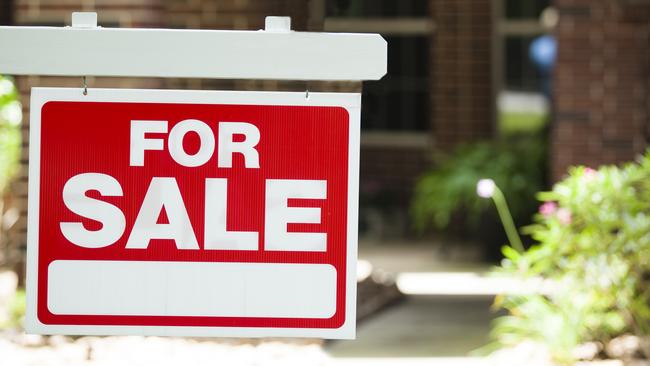Tighter lending standards drive house investors out
Lending to property investors has crashed to its slowest rate since the Reserve Bank began collecting the data in 1990.

Lending to property investors has crashed to its slowest rate since the Reserve Bank began collecting the data in 1990.
Figures released by the RBA yesterday revealed credit to property investors rose 1.1 per cent in the year to November to just under $600 billion — the lowest rate of growth in nearly 30 years.
Lending to owner-occupiers remains healthy, growing at almost three times inflation, but property investors have all but deserted the market in a sign house prices will keep falling and banks are applying tougher standards to prospective borrowers.
Lending to investors has fallen four percentage points in 18 months, as banks limit the amount of riskier interest-only loans taken up by investors under rules that were recently dumped by the Australian Prudential Regulation Authority.
The slide in demand for property investor loans has hit well before Labor introduces its proposed negative gearing grandfathering policy — expected to start in mid-2020 if the opposition wins office at this year’s federal election.
According to the RBA figures, lending to owner-occupiers grew at 6.8 per cent to an outstanding debt total of $1.2 trillion. However, this growth rate has also been falling as the housing market slows. It’s the lowest annual rate of growth for owner-occupiers since the end of 2015.
Last month, APRA ditched its 30 per cent cap on interest-only lending, after claiming to have restored prudential behaviour in the $1.7 trillion mortgage market.
Josh Frydenberg has been calling on the banking sector to keep its books open and retain robust growth in lending to avoid any credit crunch.
The Reserve Bank has raised concerns with the major banks about the risk they may overcorrect after years of loose lending, after they were shamed at Kenneth Hayne’s royal commission for noncompliance with responsible lending laws. JPMorgan chief economist Sally Auld said the scrapping of APRA’s rules was unlikely to revive the investor segment of the market as house-price declines would keep investors on the sidelines.
At the same time, tighter lending criteria at the banks would keep a lid on credit growth.
One beneficial side-effect of lower credit growth, Ms Auld said, was a handbrake on growth in record levels of household debt.
“Still, the ratio remains at elevated levels, and it will take some time before it falls enough to provide the RBA with comfort that household balance sheets present less of a vulnerability for the economy,” Ms Auld said.
Recent minutes of a Council of Financial Regulators meeting, between members of the RBA, APRA, the Australian Securities & Investments Commission and Treasury, said the tightening of standards, ramped up since the Hayne banking inquiry examined loose lending standards, had “strengthened the resilience” of the financial system.
But the watchdogs noted their concern that the shoring up of standards could overreach and limit credit in the economy to a greater degree than anticipated as bankers were scared off from writing loans.


